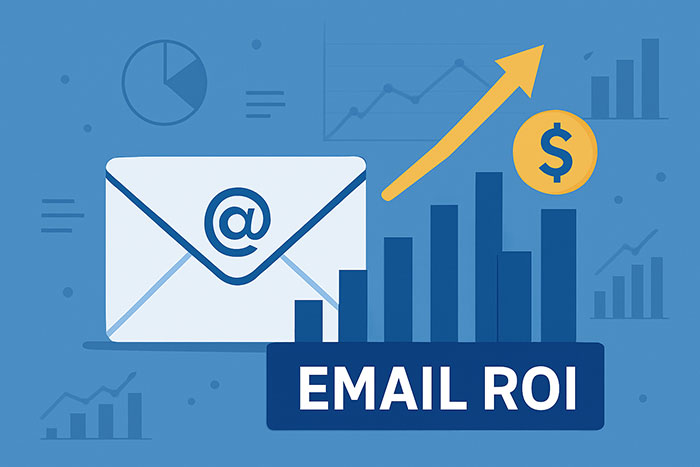
Digital marketers used to sort traffic into two big buckets: direct and organic. Direct traffic includes visits straight to your website via a prospect typing in your URL, and organic traffic consists of search engine results. Those are still useful divisions, but they only tell part of a larger story. To learn the rest, you need to teach your MARKETING AI to listen more closely. Database services that set your marketing automation system to differentiate traffic types will give you far finer control over lead gen and demand gen activities.
Let’s take a closer look at some of the other ways prospects and customers interact with you.
- Referral: Traffic that finds you through sources other than one of the major search engines, such as a mailing list or site aggregator
- Social: Traffic that comes in from clicking through on Twitter, Facebook, or LinkedIn
- Paid Search: Traffic that comes in from search engine ad platforms, such as Google AdWords or Bing Ads
- Email: Traffic coming in from clicking through on email links, including data on click-throughs from forwarded emails
- Direct: Traffic that may or may not have been referred and goes straight to your URL
- Organic: Also called earned traffic, organic traffic comes to you via search engine inputs from users
- Other: Traffic that comes from unknown sources or isn’t otherwise tagged lands in this catch-all bucket
With a better understanding of all traffic types, let’s look again at direct and organic sources to see how your sales and marketing database breaks them out into categories.
Direct Traffic – Straight to the Point
When visitors arrive directly at your site, you lack a referring URL to give you contextual information about what your lead was thinking when visiting. In the past, direct traffic included only visitors who typed in your URL, but the concept of direct traffic has broadened. Some sources of direct traffic include:
Internal traffic – Employees who go to the company website can boost direct traffic numbers artificially. Your database services manager can weed out these echoes by filtering employees’ IP addresses.
Customer portals – Sometimes a direct login to a customer portal can wind up recorded as direct traffic, but that doesn’t mean it’s impossible to track. By setting up your analytics to reveal these logins, you’re able to track these hits as the organic traffic they truly are.
Email referrals – Not every email referral correctly appears as organic traffic. Certain email service providers, including some version of Outlook and Thunderbird, include no referral information.
Mobile traffic – As with email service providers, some devices lack tags to provide organic context for traffic. With proper calibration, your database can reflect mobile traffic as organic and provide referral information.
Site security protocols – When transferring from a secure page to a non-secure one, such as when going from a payment page to a front page, visitors’ referral information isn’t tracked. One way to correct this issue is to update your entire site’s security.
Organic Traffic: Eyes on the Prize
Marketers covet organic traffic because it’s proof that a lead’s already in the market to some extent. Although paid search and display advertising isn’t the same as organic traffic, it’s also valuable and often overlaps with related searches. The chief driver of organic traffic is content. With outstanding content and excellent SEO, you’re likely to see increases in your organic traffic and higher ratings on search engine results pages.
© Reach Marketing LLC 2018 All Rights Reserved.



